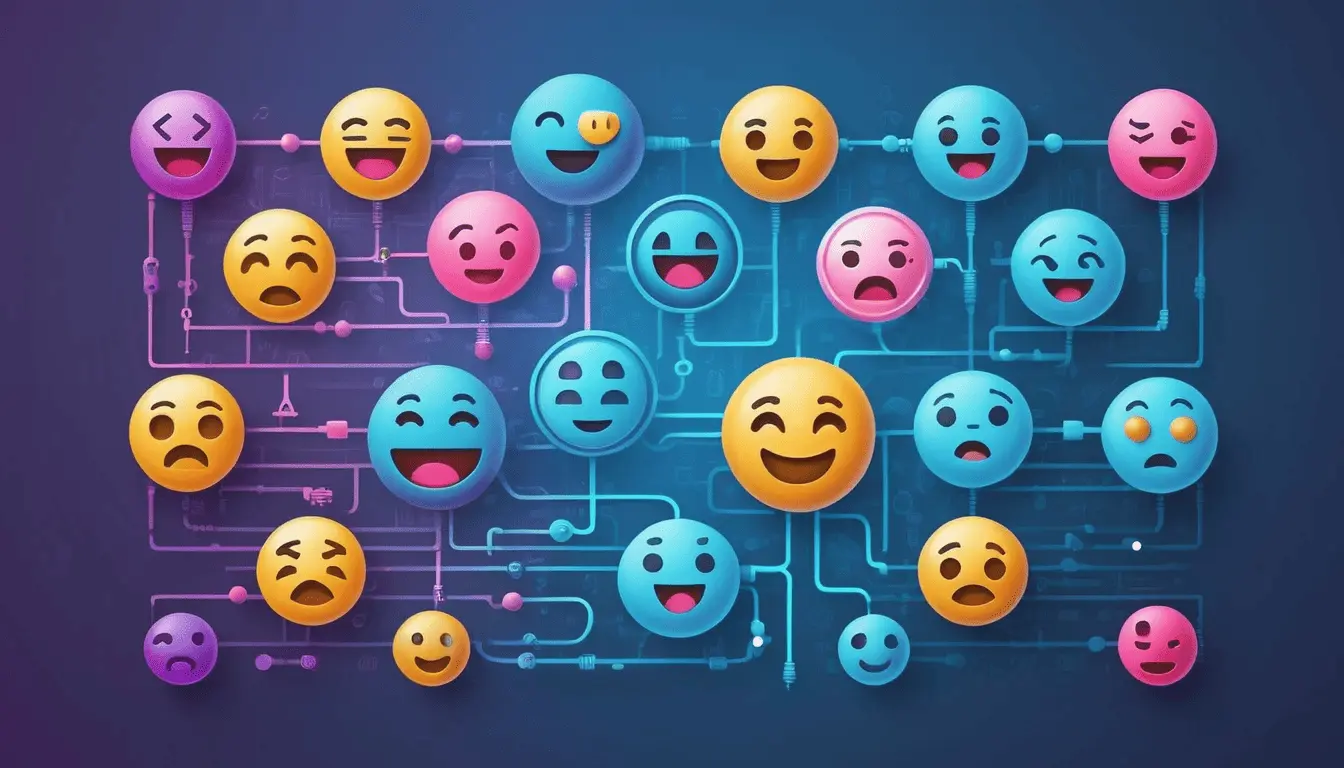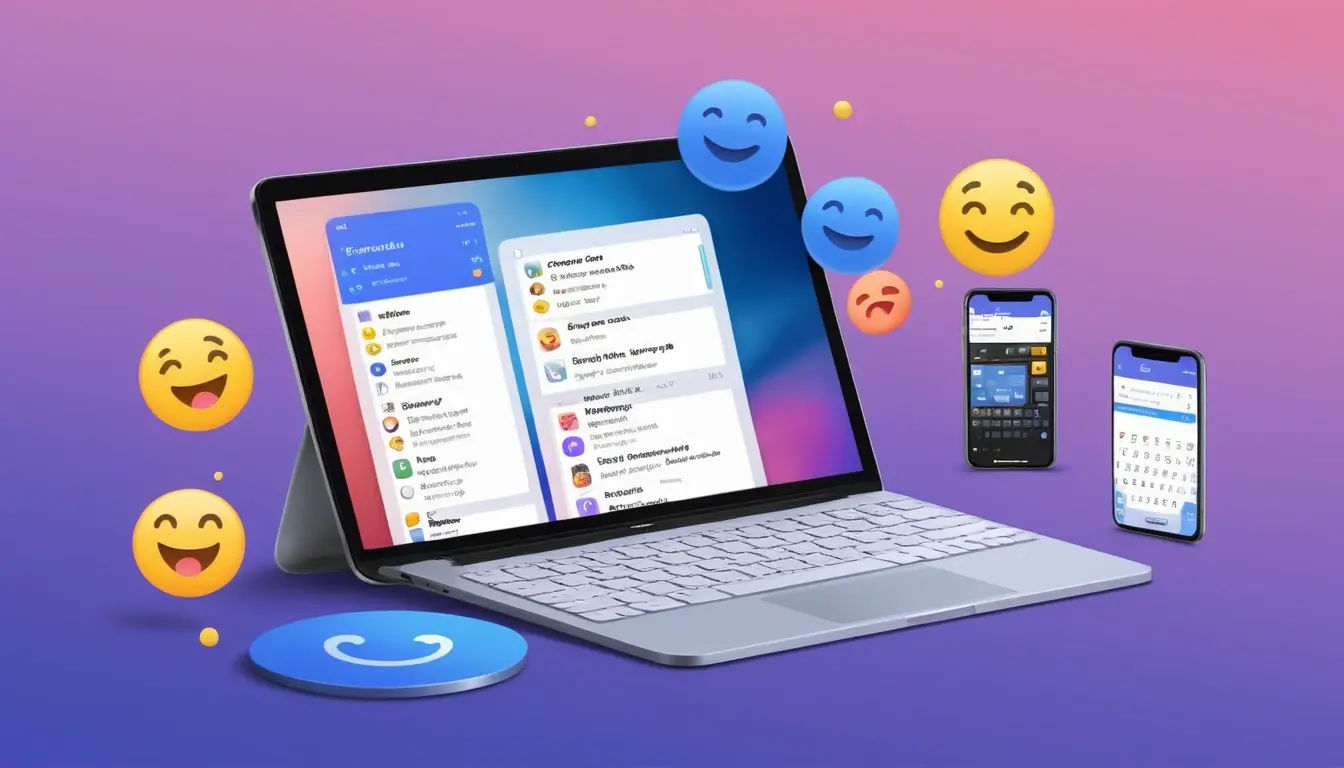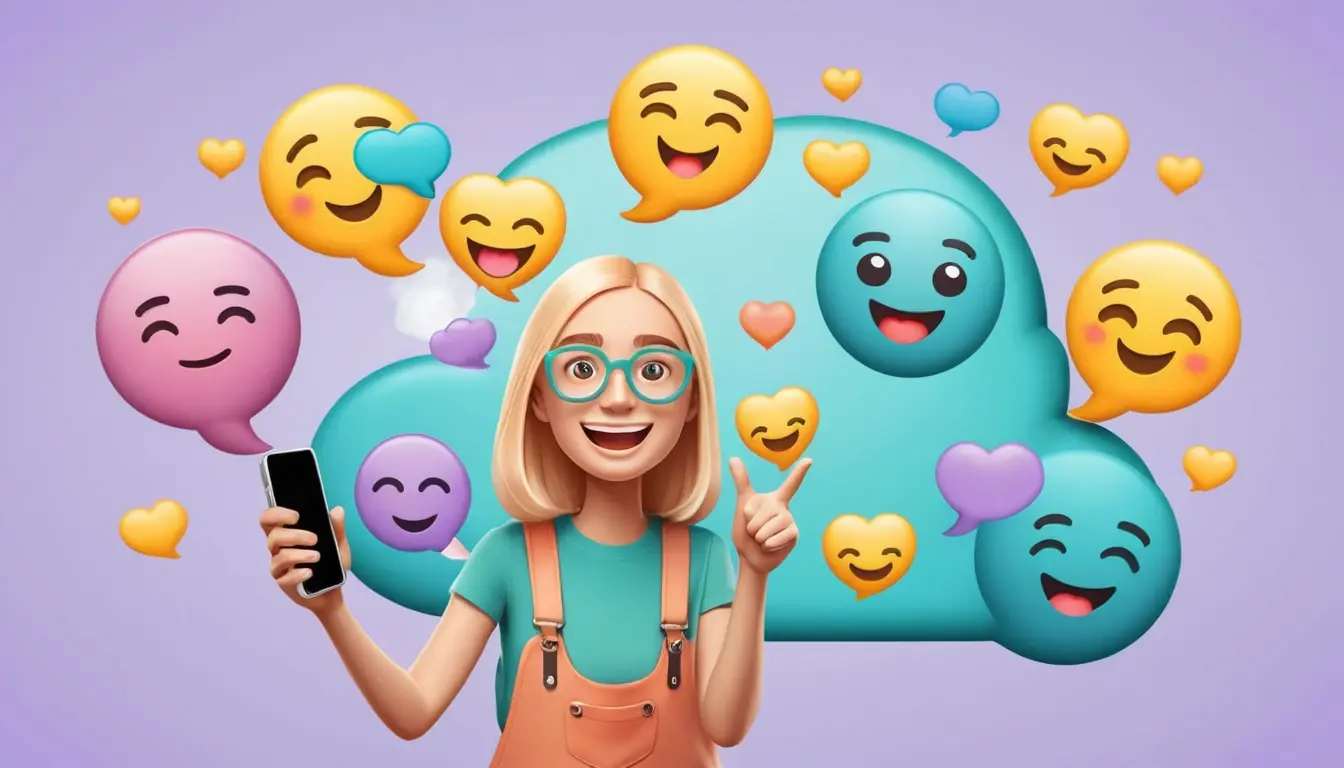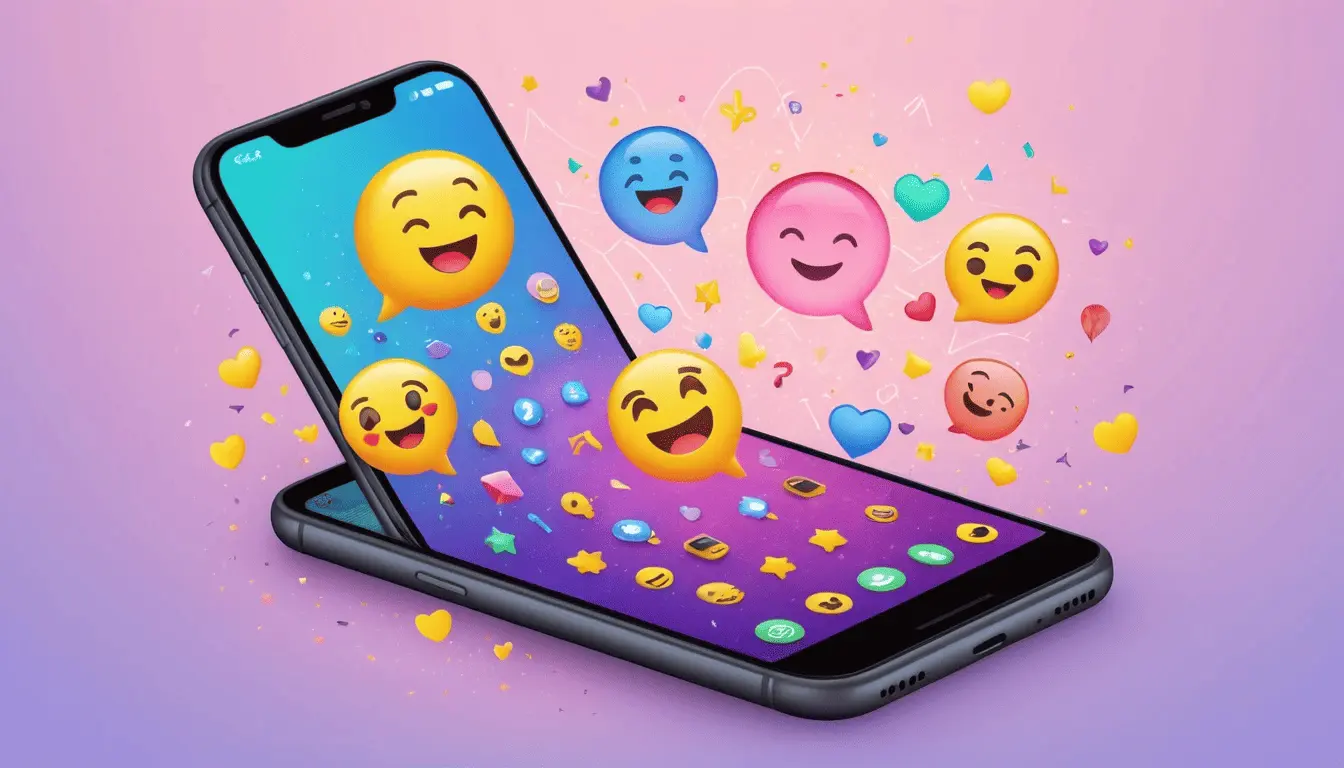The Evolution of Emojis: From Smiley Faces to AI Integration


Emojis started as pixelated icons from 1990s Japan, and now they're part of AI-powered communication. This deep dive explores how emojis evolved from basic expressions to smart, emotional cues influenced by artificial intelligence.
How Emojis Became More Than Just Faces
It’s strange, thinking about how something as tiny as an emoji has managed to wedge itself into... well, everything.
Not that long ago, a 😊 Smiling Face With Smiling Eyes→ was kind of a novelty. Like, “Oh cool, a smiley face in a text!” And now? Emojis are practically a second language. And it’s not just about picking cute icons anymore. With AI creeping in, emojis are learning us right back.
Let’s unpack it a bit.
It Started Simple. Really Simple.
The first emojis? We're talking late ‘90s Japan. They were basic — pixelated, 12x12 kind of stuff. But they did something powerful: they added tone to otherwise flat text.
Then smartphones caught on. Apple added the emoji keyboard. And suddenly, you couldn’t scroll through a text conversation without seeing hearts, tears, flames, and occasionally a very random vegetable.
It felt fun. A little chaotic. A little confusing, too, but mostly fun.
Emojis Got... Deep
Over time, emojis became more than just emotional sidekicks. They started saying things. Full thoughts, even.
You’d get a text with 👀 Eyes→ 🔥 Fire→ and instantly know what it meant. Or a 🙃 Upside-Down Face→ and realize your friend was trying to act like everything’s fine when clearly, everything is not fine.
We started using emojis to:
- Be sarcastic
- Flirt
- Make jokes
- Soften bad news
Honestly, they sometimes worked better than words.
And that’s when it hit me: emojis had become a kind of language. Not perfect, but enough to get the point across.
Then AI Showed Up
Emoji Tools Powered by AI:
- Emoji to Text – Ever wonder what that string of emojis actually means? Paste them in and see how your message might be interpreted.
- Text to Emoji – Type what you’re feeling and get an emoji version of your sentence.
- What Emoji Are You? – Answer a few fun questions and find out which emoji matches your personality.
You’ve probably noticed it already. You type “I’m so tired” and your keyboard suggests 😩 Weary Face→ or 😴 Sleeping Face→. That’s not random. That’s your device predicting emotion based on what it thinks you meant.
That’s AI.
And now it’s going even further. Some apps:
- Suggest whole emoji combinations
- Let you create emojis on the fly with generative AI
- Use mood prompts to generate Genmoji, stickers, and mashups
Even now as I’m writing this, my phone keeps auto-suggesting emojis in my emails. It’s like the machine is trying to vibe-check me.
When Machines Start Feeling Feelings (Sort Of)
It’s not just about suggestions, either. AI tools are being trained to understand emojis.
Like, to recognize when 😬 Grimacing Face→ means “yikes” and not “big smile but awkward.”
Some chatbots now use emojis to seem more human. They’ll throw in a 🙂 Slightly Smiling Face→ or 🙏 Folded Hands→ to feel less cold, more personal.
It works... mostly. Until it doesn’t.
(You ever get a 😄 Grinning Face With Smiling Eyes→ from a customer service bot and just feel weird about it?)
But the goal’s clear: emotional intelligence. Or at least, the illusion of it.
It’s Useful, But Also... Weird?
Okay, I’ll be honest — part of me loves this.
AI-powered emojis can make texting smoother, especially if you’re not great at reading tone (or writing it). They can:
- Bridge gaps
- Help with accessibility
- Spark creativity
But there’s a weirdness to it too.
Like, when everything is auto-suggested, do we start losing that weird, messy, personal touch?
Do our emoji choices become just... predictive noise?
I don’t know. Maybe I’m overthinking.
Or maybe that’s exactly what this whole thing is about — machines trying to think for us, down to the emoji we tap.
So What’s Next?
Probably:
- More customization
- More “smart” emoji tools
- Maybe even AI that watches your face or listens to your voice and says:
“Ah, you sound excited — here’s 🎉 Party Popper→”
Or maybe we’ll ditch emojis entirely and move on to something new.
But I doubt it.
They’re too embedded in how we talk now.
Too convenient.
Too human, ironically.
At least for now, they’re still ours.
Even if the machines are helping us pick them.
Emoji Evolution: FAQ
What is the first emoji ever made?
The first emoji set was created in 1999 by Shigetaka Kurita in Japan. It included 176 simple 12x12-pixel icons, many of which inspired today’s most popular emoji.
How is AI changing how we use emojis?
AI helps predict which emoji you might want to use, generates custom combinations, and even powers tools like Genmoji and smart stickers based on mood or input. Some chatbots also use emoji to appear more human in conversations.
What are Genmoji?
Genmoji are AI-generated emoji-like creations introduced by Apple. They're custom-made stickers based on your input, expressions, or even photos, designed to expand the emoji experience with more personalization.
Got more emoji questions? Check out our full Emoji FAQ page — it's packed with fun facts, tech insights, and surprising meanings.
Share this article
Help others discover this content
Related Articles

How to Copy and Paste Emojis on Any Device
Using emojis on your computer shouldn't be this complicated. Here's the easiest way to find, copy, and paste emojis—on any device, anytime, totally free (and yes, you're already on the right site).


Emoji Language: Can You Really Communicate Without Words?
Emojis have evolved into emotional tone-setters in digital conversation. But can they really replace language? We break down how far emoji communication has come—and where it might be heading.


What Do Emojis Mean? A Complete Guide to Emoji Meanings
You sent 😊 thinking it was friendly, but got no reply — did you just send the wrong message? Emoji meanings can be surprisingly complex. In this guide, we explore what emojis really mean and how context, platforms, and culture shape them.

